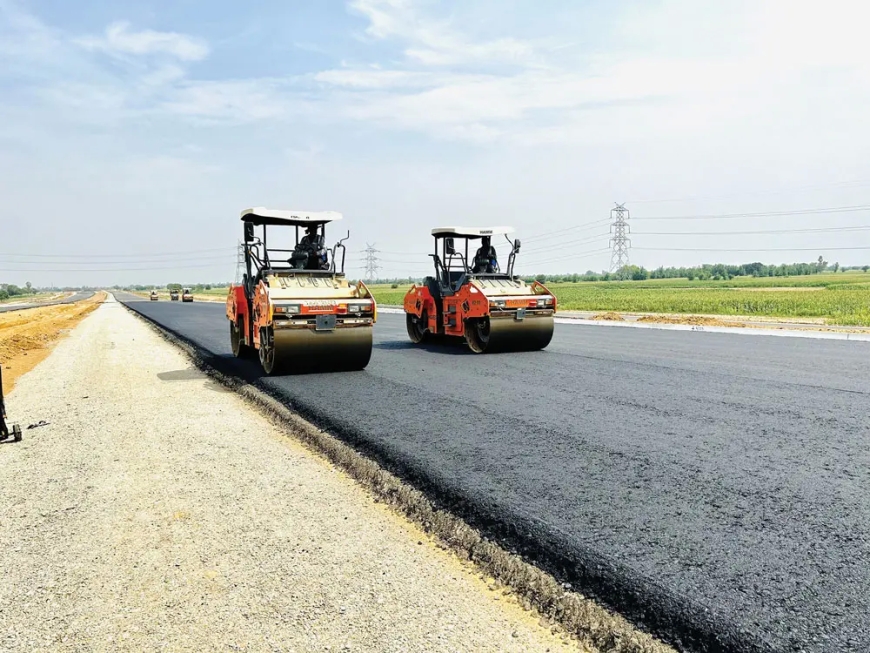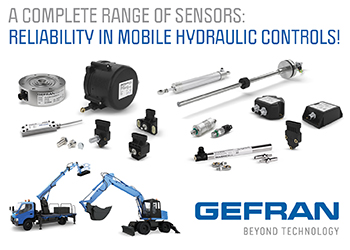For efficient compaction and a long operational life, strong service support, operator trainings and digital diagnostics is essential.
The Wirtgen Group HAMM compactors come with more than 125 years of experience in the development and manufacture of roller and compactors for soil and asphalt compaction.

Ramesh Palagiri
Managing Director & CEO, Wirtgen India
What are your latest compaction equipment models, and how do they cater to the evolving needs of the industry?
The Wirtgen Group HAMM compactors come with more than 125 years of experience in the development and manufacture of roller and compactors for soil and asphalt compaction. HAMM, the German manufacturer leading the field in compaction technology, is a member of the internationally successful WIRTGEN GROUP and a global leader in the market of road rollers.
 We currently offer 11 tonne HC119i and 13 tonne Soil Compactors HC139i of CEV stage V emission norms with Drum drive and Padfoot shell options. For the tandem rollers the current offering is the HD99i and shortly we shall bring the smaller roller to Indian market. The new CEV stage V compactors will also have an option of having our JD ops centre fleet management app.
We currently offer 11 tonne HC119i and 13 tonne Soil Compactors HC139i of CEV stage V emission norms with Drum drive and Padfoot shell options. For the tandem rollers the current offering is the HD99i and shortly we shall bring the smaller roller to Indian market. The new CEV stage V compactors will also have an option of having our JD ops centre fleet management app.
Hamm soil Compactors are built with patented design of three point articulation joint. This connects the front and rear end of the compactor and enables excellent directional stability and provides driver safety on difficult terrains and also adds to drivers comfort. This also increases the operator efficiency.
What are the latest technological innovations in compaction equipment, and how do they enhance efficiency and performance? How is the integration of telematics, IoT, and automation transforming the operation and maintenance of compaction equipment?
In order to achieve best compaction the material temperature along with compaction measurement is of utmost importance. Hamm has developed an electronic tool called Hamm compaction Quality (HCQ). HCQ comprises a number of HAMM products designed to measure, monitor, document and control compaction and compaction processes. These include the HAMM Compaction Meter (available for earthworks and asphalt) for determining stiffness values, as well as the HAMM Temperature Meter (available for asphalt) for measuring the asphalt temperature. Also, it includes HCQ Navigator for measuring number of passes.
In the construction industry, the IoT is sometimes referred to as telematics. The Internet of Things is now a reality in road construction sectors; sensors and wireless technologies enable equipment and assets to become “intelligent” by connecting them with one another. On a construction site, the Internet of Things allows construction machinery, equipment, materials, structures, and even formwork to “talk” to a central data platform to capture critical performance parameters. Sensors, near-field-communication (NFC) devices, and other technologies helps in monitoring productivity and reliability of both staff and assets.
How crucial is operator training, service support, and digital diagnostics in ensuring the longevity and efficiency of compaction equipment?
For efficient compaction and a long operational life, strong service support, operator trainings and digital diagnostics is essential. Proper training ensures optimum performance of equipment and maximum use of equipment features alongwith correct compaction techniques. Digital diagnostics helps in preventive maintenance and provides data on efficient running of equipment fuel consumption, remote diagnostics, maintenance alerts thereby enhancing jobsite productivity. At Wirtgen Group, we have the John Deere operations centre for data telematics.
What trends will shape the future of compaction equipment in India over the next 5-10 years?
The market for compactors in India would continue to grow and sustain as these machines are not only used for building new roads but also for maintainence of roads and HAMM being the world market leader in Compaction technology would continue to strive and bring relevant technologies to the market.








